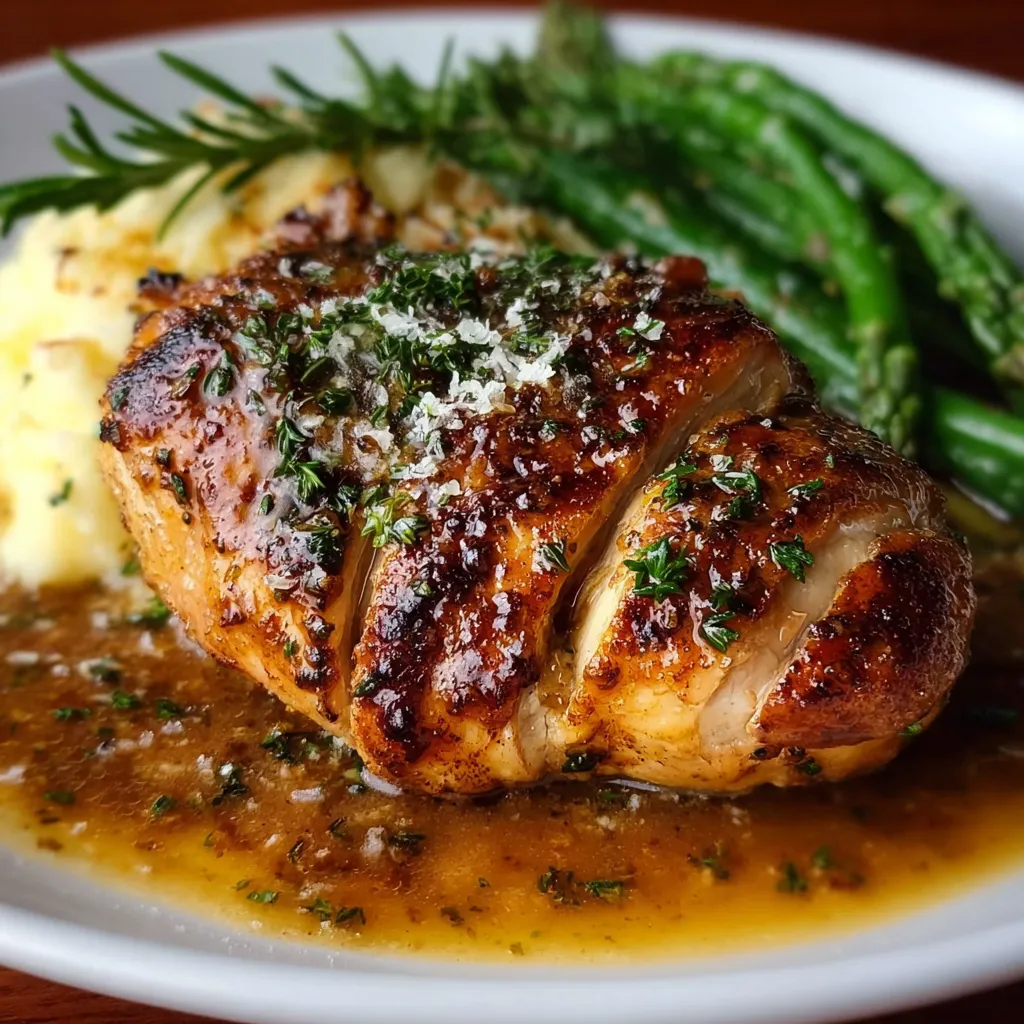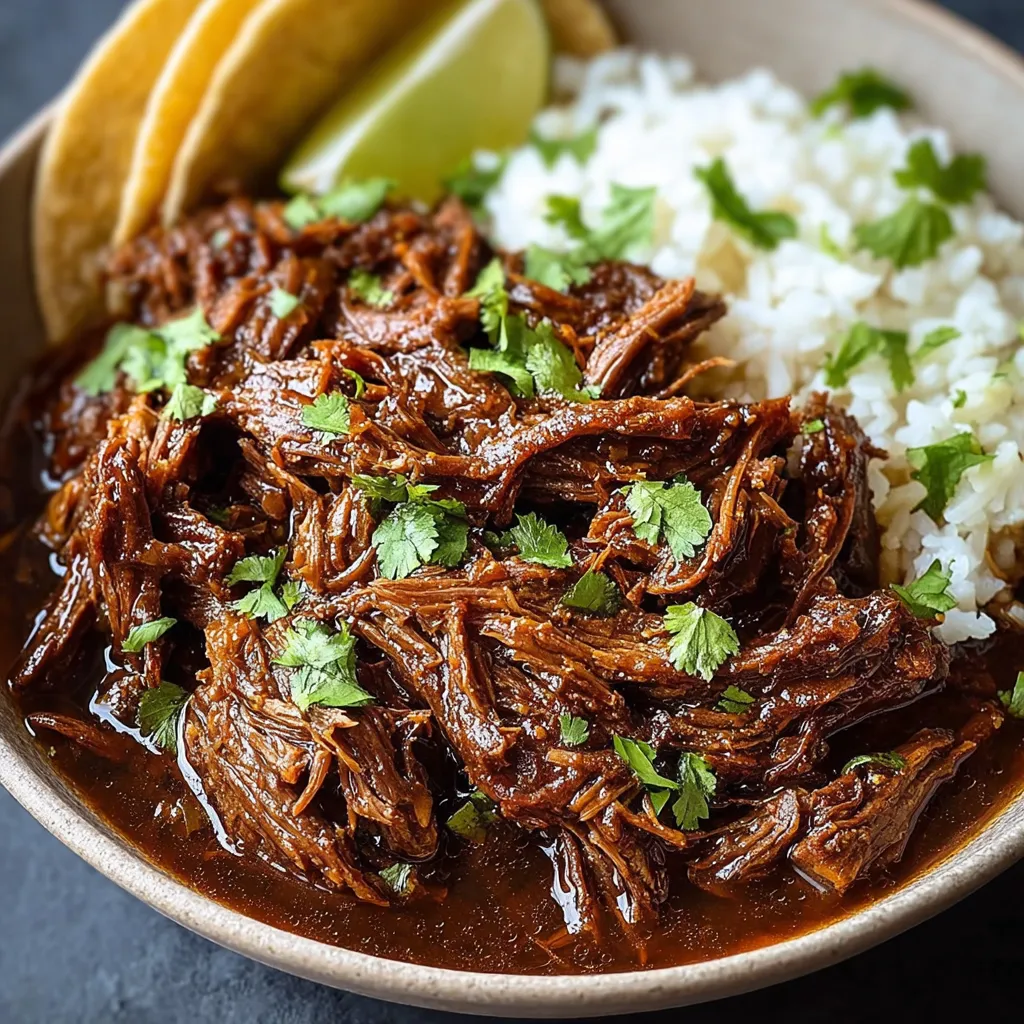Decoding the Deliciousness: The Science Behind Steakhouse Chicken
What *is* it about steakhouse chicken that sets it apart? It’s not just throwing a chicken breast on the grill. The magic lies in a trifecta of factors: quality of ingredients, precise cooking techniques, and the clever layering of flavor. First, consider the chicken itself. A higher quality chicken, ideally air-chilled, will have better flavor and texture. Second, the cooking method. Steakhouses often use incredibly high heat, whether it’s a broiler or a searing hot grill, to achieve that beautiful crust while keeping the inside moist. Finally, and perhaps most importantly, is the flavor profile. It’s not just salt and pepper; it’s often a complex blend of herbs, spices, and fats that infuse the chicken with deep, rich flavor. The Maillard reaction, that glorious browning process, is key here. This chemical reaction between amino acids and reducing sugars creates hundreds of flavor compounds, contributing to the savory, umami notes we associate with expertly cooked protein. And don’t underestimate the power of a pan sauce – a simple deglazing of the pan with wine or stock can elevate the dish to restaurant-quality.The Ultimate Steakhouse Chicken Recipe
 This recipe aims to capture the essence of steakhouse chicken – a juicy, flavorful, and visually appealing dish that’s surprisingly easy to make at home.
This recipe aims to capture the essence of steakhouse chicken – a juicy, flavorful, and visually appealing dish that’s surprisingly easy to make at home.
Ingredients:
- 2 boneless, skinless chicken breasts (about 6-8 ounces each), air-chilled preferred
- 2 tablespoons olive oil, divided
- 1 tablespoon butter
- 1 shallot, minced
- 2 cloves garlic, minced
- 1/2 cup dry white wine (such as Sauvignon Blanc or Pinot Grigio)
- 1/2 cup chicken broth
- 1 tablespoon Dijon mustard
- 1 tablespoon chopped fresh thyme
- 1 tablespoon chopped fresh rosemary
- 1 teaspoon lemon juice
- Salt and freshly ground black pepper to taste
- Optional: Fresh parsley, chopped, for garnish
Instructions:
- Prepare the Chicken: Pat the chicken breasts dry with paper towels. This is crucial for achieving a good sear. Season generously with salt and pepper.
- Sear the Chicken: Heat 1 tablespoon of olive oil in a large, oven-safe skillet over medium-high heat. Once the oil is shimmering, carefully place the chicken breasts in the skillet. Sear for 4-5 minutes per side, or until golden brown and nicely crusted.
- Create the Pan Sauce: Remove the chicken from the skillet and set aside. Add the remaining 1 tablespoon of olive oil and the butter to the skillet. Add the minced shallot and cook until softened, about 2-3 minutes. Add the minced garlic and cook for another minute, until fragrant.
- Deglaze the Pan: Pour in the white wine and scrape up any browned bits from the bottom of the skillet. This is where a lot of the flavor is! Let the wine reduce by half, about 3-4 minutes.
- Simmer the Sauce: Add the chicken broth, Dijon mustard, thyme, and rosemary to the skillet. Bring to a simmer and cook for 2-3 minutes, or until the sauce has slightly thickened.
- Finish in the Oven: Return the chicken breasts to the skillet, nestling them in the sauce. Transfer the skillet to a preheated oven at 375°F (190°C). Bake for 10-15 minutes, or until the chicken is cooked through and reaches an internal temperature of 165°F (74°C).
- Final Touches: Remove the skillet from the oven and transfer the chicken to a plate. Stir in the lemon juice into the pan sauce. Spoon the sauce over the chicken. Garnish with fresh parsley, if desired. Serve immediately.
The Chicken Chronicles: My Steakhouse Chicken Investigation
My journey to mastering steakhouse chicken was not a smooth one. It was a winding road filled with dry chicken, bland sauces, and a whole lot of frustration. But, as any good culinary investigator knows, persistence is key.The Dry-Chicken Debacle
My first few attempts were a disaster. The chicken was consistently dry and tough, no matter how much I marinated it. Like many of you, I initially thought that more marinade was the answer. I even tried brining, but the results were still disappointing.The “Aha!” Moment: The Importance of Patting Dry
Then, I had an “Aha!” moment. I was watching a cooking show, and the chef emphasized the importance of patting the chicken dry before searing. It seemed like such a small detail, but it made all the difference. By removing the excess moisture from the surface of the chicken, I was finally able to achieve a proper sear, which locked in the juices and prevented the chicken from drying out. Now, before trying a recipe such as Boursin Chicken Pasta, I make sure to properly dry the chicken for the best results.The Bland Sauce Blues
Next, I struggled with the sauce. It was always lacking in flavor. I tried various combinations of herbs and spices, but nothing seemed to work. The sauce was either too bland or too overpowering.The Wine Revelation: Deglazing is Key
The turning point came when I discovered the magic of deglazing the pan with wine. Suddenly, the sauce had depth and complexity. The wine not only added flavor but also helped to loosen all the browned bits from the bottom of the skillet, creating a richer and more flavorful sauce. This simple technique transformed my sauce from mediocre to magnificent. It is key to a good Balsamic Chicken Dinner as well!The Oven Finish: Even Cooking
Finally, I experimented with different cooking methods. Searing the chicken on the stovetop was great for achieving a nice crust, but it often left the inside undercooked. Finishing the chicken in the oven was the perfect solution. It allowed the chicken to cook evenly and thoroughly, while still retaining its moisture. It is important to bake until done, but avoid over-baking your Herb Chicken Dinner.The Foolproof Method: Mastering Steakhouse Chicken
After countless attempts and a deep dive into the science of cooking, I’ve developed a foolproof method for making steakhouse chicken at home. Here’s a breakdown of the key steps:- Start with Quality Chicken: Opt for air-chilled chicken breasts whenever possible. The superior moisture retention provides a better foundation for juiciness and flavor.
- Pat it Dry, Really Dry: This is non-negotiable. Use paper towels to thoroughly dry the surface of the chicken before seasoning.
- Sear it Hot: Use a hot skillet (preferably cast iron) and a high-smoke-point oil like olive oil. Don’t overcrowd the pan; sear the chicken in batches if necessary.
- Deglaze Like a Pro: Don’t skip the deglazing step! It’s the secret to a flavorful sauce. Use a dry white wine and scrape up all the browned bits from the bottom of the pan.
- Oven Finish for Perfection: Transfer the skillet to a preheated oven to ensure even cooking. Use a meat thermometer to monitor the internal temperature.
- Rest Before Slicing: Allow the chicken to rest for a few minutes before slicing. This allows the juices to redistribute, resulting in a more tender and flavorful final product. This is crucial whether you are working on this recipe or a Hot Honey Feta Chicken.
What makes steakhouse chicken different from regular grilled chicken?
Steakhouse chicken stands out due to a combination of high-quality ingredients (ideally air-chilled chicken), precise high-heat cooking techniques to achieve a good sear, and a complex layering of flavors through herbs, spices, and pan sauces.
Why is it important to pat the chicken dry before searing?
Patting the chicken dry before searing is crucial for achieving a proper crust. Removing excess moisture allows the chicken to brown effectively, locking in the juices and preventing it from drying out.
What is deglazing, and why is it important for the pan sauce?
Deglazing involves pouring liquid, such as white wine, into the pan after searing the chicken and scraping up any browned bits from the bottom. This process adds depth and complexity to the sauce, creating a richer and more flavorful result.
Why does the recipe recommend finishing the chicken in the oven?
Finishing the chicken in the oven ensures even cooking throughout, while still retaining moisture. Searing alone can create a nice crust but may leave the inside undercooked. The oven provides consistent heat for thorough cooking.

Best Steakhouse Chicken Recipe Ever
Ingredients
Equipment
Method
- Prepare the Chicken: Pat the chicken breasts dry with paper towels. Season generously with salt and pepper.
- Sear the Chicken: Heat 1 tablespoon of olive oil in a large, oven-safe skillet over medium-high heat. Once the oil is shimmering, carefully place the chicken breasts in the skillet. Sear for 4-5 minutes per side, or until golden brown and nicely crusted.
- Create the Pan Sauce: Remove the chicken from the skillet and set aside. Add the remaining 1 tablespoon of olive oil and the butter to the skillet. Add the minced shallot and cook until softened, about 2-3 minutes. Add the minced garlic and cook for another minute, until fragrant.
- Deglaze the Pan: Pour in the white wine and scrape up any browned bits from the bottom of the skillet. Let the wine reduce by half, about 3-4 minutes.
- Simmer the Sauce: Add the chicken broth, Dijon mustard, thyme, and rosemary to the skillet. Bring to a simmer and cook for 2-3 minutes, or until the sauce has slightly thickened.
- Finish in the Oven: Return the chicken breasts to the skillet, nestling them in the sauce. Transfer the skillet to a preheated oven at 375°F (190°C). Bake for 10-15 minutes, or until the chicken is cooked through and reaches an internal temperature of 165°F (74°C).
- Final Touches: Remove the skillet from the oven and transfer the chicken to a plate. Stir in the lemon juice into the pan sauce. Spoon the sauce over the chicken. Garnish with fresh parsley, if desired. Serve immediately.




